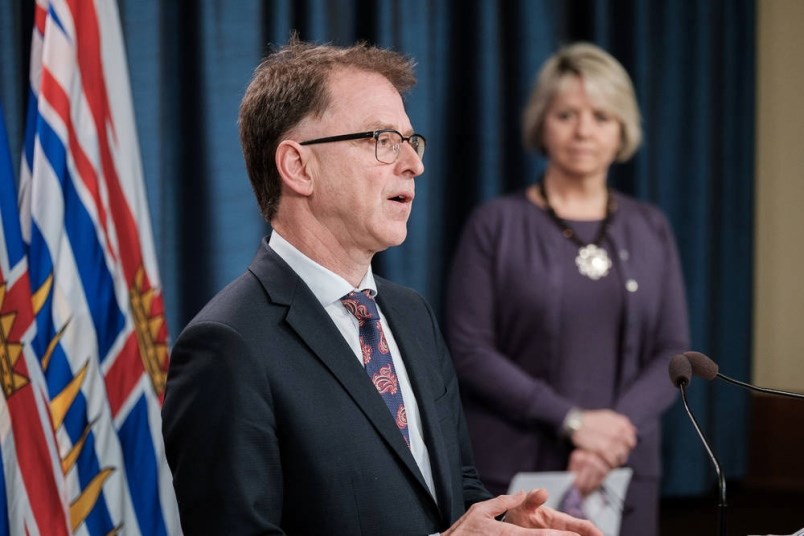When COVID-19 started hitting in full force, the estimate of when a vaccine would be available was in the 18-months range.
As the virulence became more apparent, that estimate became more and more alarming. Officials were imagining how much havoc it could wreak over a long time frame, based on how it raged out of control through northern Italy and the Hunan region in China.
So to find multiple vaccines with extraordinary rates of protection well on the way to mass availability on the first anniversary of the global-pandemic declaration is a huge success story.
There were multiple stumbles and policy failures around the world. The U.S. was the most stunning example, and Canada had its share. But inventing and mass-producing vaccines from a standing start in such a short time is a monumental achievement. What they did and how they did it could transform public health.
B.C.’s Health Ministry recapped the year this week with a statistical analysis. Although there’s an element of them grading their own work, the figures and the comparisons indicate B.C. responded overall very well.
The curve representing the infection rate that everyone was obsessed with bending rose in B.C. like it did everywhere. But it didn’t rise as high as it might have. COVID-19 hit B.C. more lightly, killed comparatively fewer and was suppressed with a lighter touch than elsewhere.
The retrospective look at the year is startling in how low the count stayed before exploding last fall. When the full extent of how serious it was started sinking in one year ago, the case count was in the dozens. The first case, on Jan. 26, turned into 100 by March 16. That jumped to 186 on St. Patrick’s Day, when a severe response was imposed. The count subsided through spring and summer, and then exploded in October, up to a seven-day average of almost 800 a day. It’s in the 500-a-day range currently, although there were 648 new cases reported on Friday.
Other provinces imposed off-and-on “lockdowns” that were as severe as the word suggests. B.C.’s initial emergency curtailment order contained several pages of exemptions that allowed a big share of the economy to continue operating. From a provincial perspective, in the space of a year, COVID-19 went from a nameless infection in one part of China to the eighth-biggest cause of death in B.C.
Some skeptics who feel it was all overblown insisted “it’s just a bad flu.”
At first glance, the statistics show COVID-19 was only slightly ahead of flu as a leading cause of death in the past year. But it got to that ranking even in the face of a mammoth effort to curtail socializing, throttle the economy and flood the elderly population with enhanced medical precautions.
The extent of the catastrophe that was avoided will take a public health analysis to determine. But it’s huge.
Provincial health officer Dr. Bonnie Henry said the ranking shows how profound the impact was. Nationally, there was a 5% increase in the number of people who died in Canada last year, versus what was expected. That’s 14,000 extra deaths, many of them COVID-19-related, primarily in Ontario and Quebec.
In the U.S., where the pandemic is the third-leading cause of death, all-cause mortality increased 15 per cent, the biggest jump since the 1918 pandemic.
B.C. escaped the surge in fatalities that hit Ontario and Quebec last spring, and was roughly in the middle of the pack on the fatality count from November to January. The current count is almost 1,400. Statistically, B.C. is a relatively good place to be in the pandemic. And Vancouver Island is the best place in B.C. to ride it out.
One of the remaining hurdles is the incidence of “variants of concern,” mutations of the coronavirus that are more infectious. They account for about 700 cases now, and Henry said they are being watched closely.
“We have seen an increase in the numbers of cases that turn out to be a variant of concern … most commonly in Fraser Health and Vancouver Coastal.”
They are still a small percentage of B.C. cases, she said, and there hasn’t been a rapid take-off. But the numbers are increasing, which adds risk in every instance of transmission.
“We can’t let these ones take hold.”



